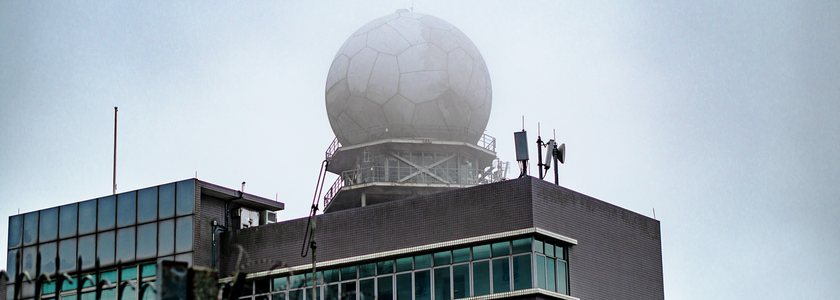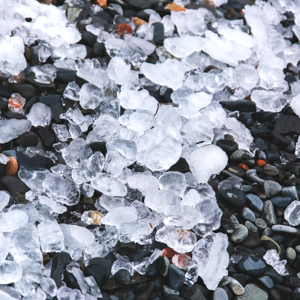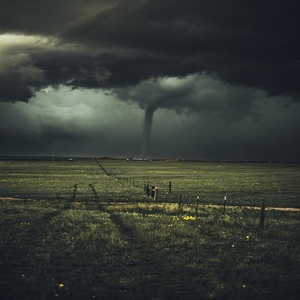

A New Dimension in Radar
What started as a tool that only members of the military, air traffic controllers, and meteorologists had access to, now is a ubiquitous part of the local news cast and easily accessible on smartphone apps. The availability of weather radar has enabled the general public a glimpse of when that next round of precipitation is moving in near real time. However, one more recent development in weather radar technology that gets less air time on the news and is relegated to more specialty apps is called dual polarization (dual pol) radar. In the past 10 years, all of the 160 NEXRAD Doppler radar sites across the U.S. have been upgraded to include this technology.
At the basic level, all radar works by sending out high frequency radio waves. When these waves sent out by the radar encounter an object, such as a water droplet, insect, or even wind farm, they scatter or reflect back some portion of the sent out radio signal back to the radar dish. Based on the amount of time it took for the reflected signal to return to the receiving dish, and the direction from whence it came, the location of this water droplet or other object can then be determined in relation to the radar site.
What differs with the new dual pol radar is that instead of just vibrating simply in the horizontal direction, the radio signal now vibrates in the horizontal and vertical directions. This is important because a water droplet, a hail stone, and a snowflake will reflect back vertically polarized versus horizontally polarized radio signals in different ways. Thus, meteorologists are better able to distinguish the different types of objects based on this property. One example of this new ability to distinguish objects comes in the new radar product called Differential Reflectivity (ZDR). ZDR is basically the strength of the reflected horizontal radar signal minus the strength of the reflected vertical radar signal. Basically an object that is flatter (more like a hamburger bun) will have higher ZDR as it reflects the horizontal signal better, whereas round objects would tend to have a ZDR close to 0.
Of course there are many other areas where dual pol radar can provide improvements, such as in detecting non-weather targets like insects or other ground clutter like wind farms, or even picking out the debris that a tornado picks up off the ground.








